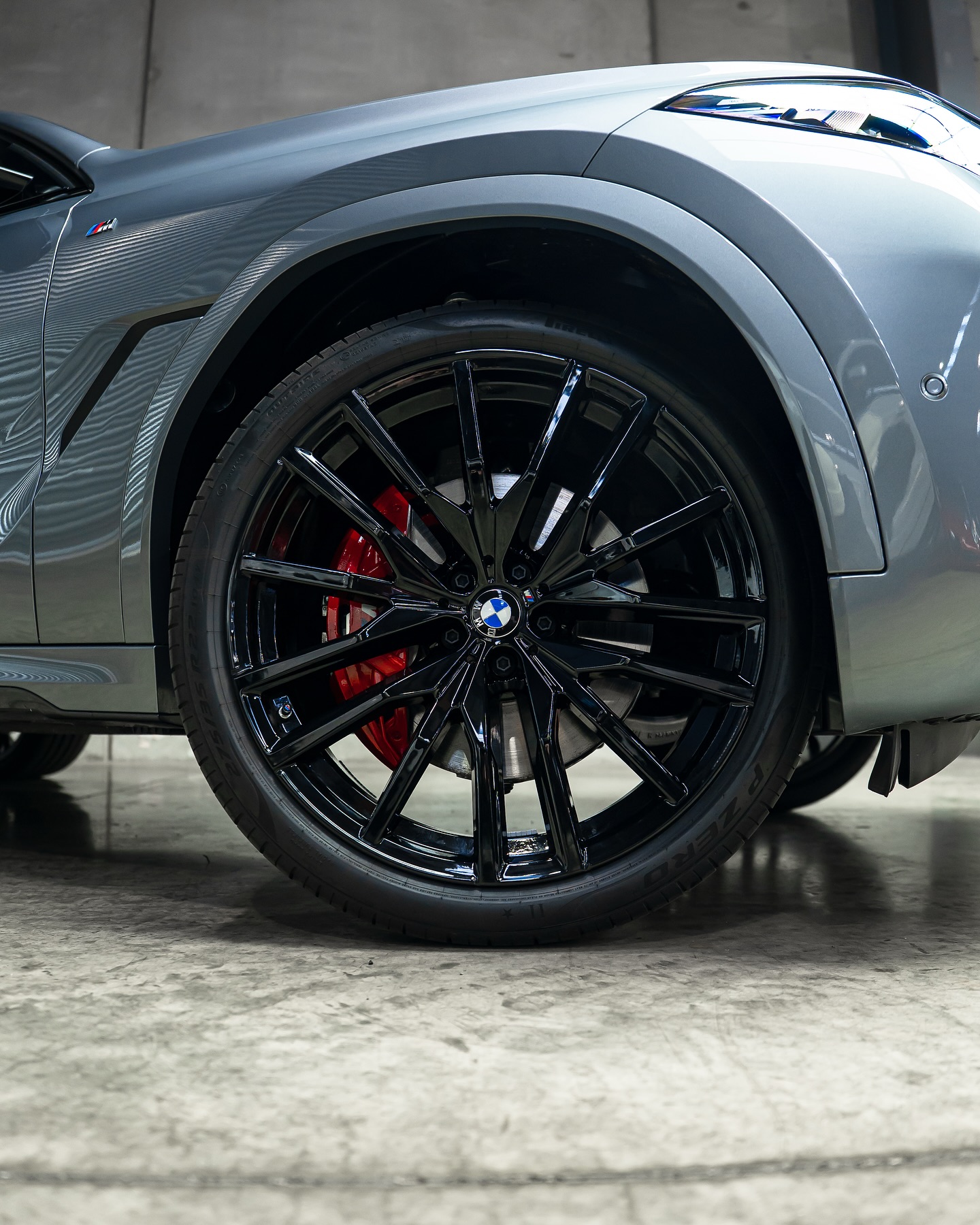The Silent Killer: How UV Radiation Damages Your Car's Duco
The sun, while essential for life, is the single most relentless enemy of your car's exterior finish. Australia’s harsh climate, with its intense solar radiation, accelerates the degradation of automotive duco, turning vibrant colours dull and causing clear coats to fail prematurely. This process isn't sudden; it is a silent, cumulative chemical attack that undermines the aesthetic and protective integrity of your vehicle's paintwork over time. Understanding how ultraviolet (UV) radiation inflicts this damage is the first step toward effective, long-term preservation.
The Science of UV Degradation: What Happens to Paint
Automotive paint is a complex, multi-layered system composed of pigments, binders, and resins, typically polymers. UV radiation is a high-energy form of light that, when absorbed by the paint, triggers a destructive chemical reaction called photo-oxidation. This is the core science of UV degradation. The UV energy breaks the chemical bonds (cross-linking)within the clear coat's polymer structure, leading to the creation of free radicals. These radicals then attack and break down more polymer chains, causing the material to become brittle and lose its structural integrity. This microscopic breakdown is what manifests visually as the slow, inevitable deterioration of the finish, significantly reducing the car's resale value and appearance.
Fading, Cracking, and Oxidation: Recognising the Signs of Sun Damage
Recognising the early warning signs of UV damage is crucial for timely intervention. The most common symptom is colour fading—a process where the sun’s energy destroys the chromophores (the parts of the pigment molecules responsible for colour), making red look pink, or deep blue look washed out.Another clear indicator is oxidation, where the clear coat begins to break down and chalk, leaving a dull, milky-white appearance on the surface. In severe, neglected cases, cracking and crazing may appear, often accompanied by peeling as the compromised clear coat separates from the colour base coat below. These signs are particularly prevalent on horizontal surfaces like the roof, bonnet, and boot lid, which receive the most direct, prolonged sun exposure.
Top Coats and Clear Coats: Your First Line of Defence
The clear coat is undeniably the most important component of your car’s duco for UV protection. It is a thick, transparent layer of resin applied over the coloured base coat. This clear layer is engineered to absorb the majority of the harmful UV radiation before it can reach the pigments. However, a major challenge facing vehicle owners today is the cost-cutting measures adopted by manufacturers. Consistent with an industry-wide trend driven by cost-minimisation strategies, many vehicle makers are reducing the overall film thickness of the applied paint and clear coat. This reduction in film thickness provides less sacrificial material and less UV protection, making modern factory finishes more vulnerable to Australia’s sun than ever before.
Preventative Measures: Parking,Covers, and Protective Films
Preventing UV damage starts with simple habits, such as thoughtful parking in shaded areas or garages, and using high-quality car covers for vehicles stored outdoors. For a more robust, long-term solution, many owners turn to physical barriers like Paint Protection Films (PPF) or advanced coatings. While PPF offer excellent impact resistance, they too can suffer from the same environmental stresses they are designed to prevent. Over an extended period of time and exposure, PPF can sometimes peel at the edges, fade,or even crack, necessitating costly removal and replacement. An alternative, providing superior UV resistance without the mechanical failure points of a film, is often preferred for long-term aesthetic and chemical protection also, on top of the UV protection.
Restoring Sun-Damaged Paint: When to Seek Professional Help
Once the clear coat has cracked or failed completely, the only remedy is a costly repaint. However, if the damage is superficial—limited to light fading or oxidation—professional detailing and correctional work can restore the finish. This involves careful compounding and polishing to remove the damage dupper layer of the clear coat. To seal this rejuvenated surface and prevent future degradation, an application of a high-end protective coating is essential. Coatings like Revivify offer a significant step up from traditional waxes, not only delivering deep gloss and lustre that makes the duco look better than new, but, more importantly, forming a durable, sacrificial barrier with industry-leading UV radiation protection. This next-generation protection is what is required to shield today's thinner factory clear coats from the extreme solar conditions, ensuring the colour remains vibrant for years to come.
If you’d like to know more:
- Automotive Paint Layering and Cost Reduction, Smith, J., 2023
- The Longevity of Paint Protection Films, Wilson, B., 2022.
- Understanding UV Damage on Vehicle Surfaces, Technical Journal of Coatings, Miller, A., 2021.
Related Articles
Check out our archived newsletters to help you stay up-to-date with Revivify Australia.
Subscribe to our newsletter
Join our newsletter to stay up to date on features and releases.









